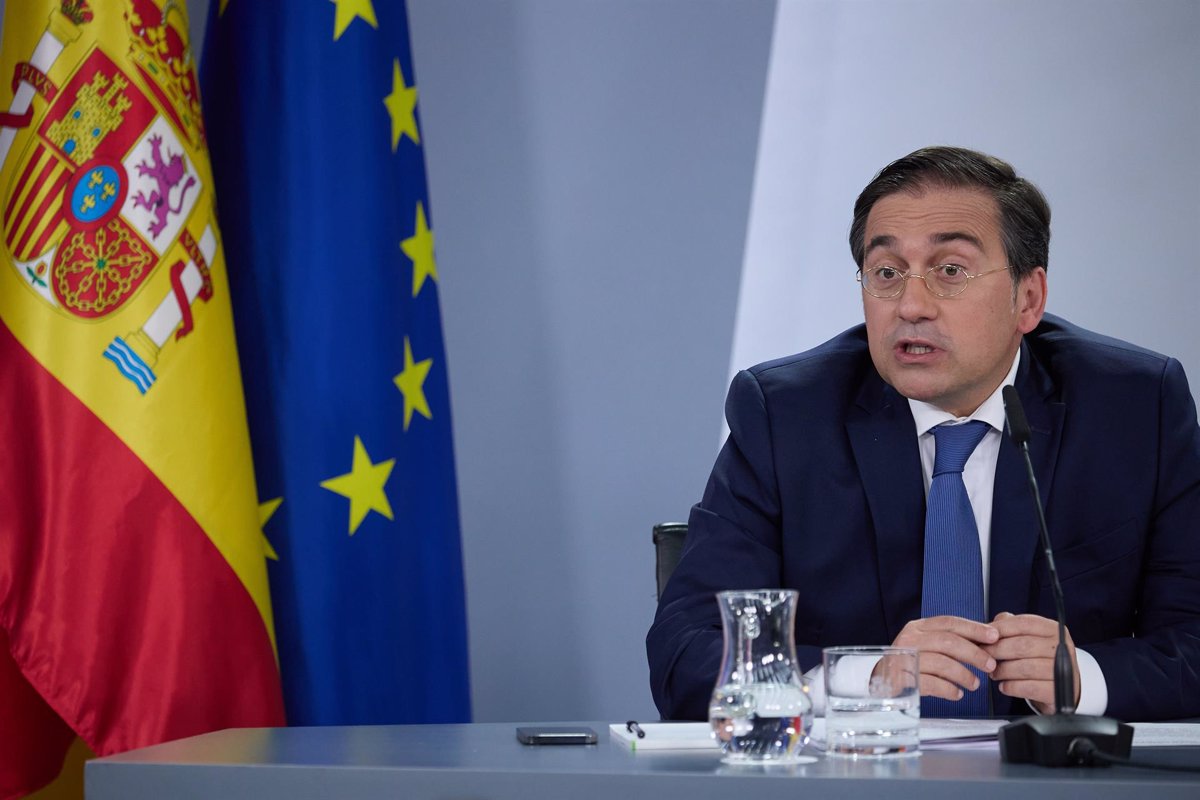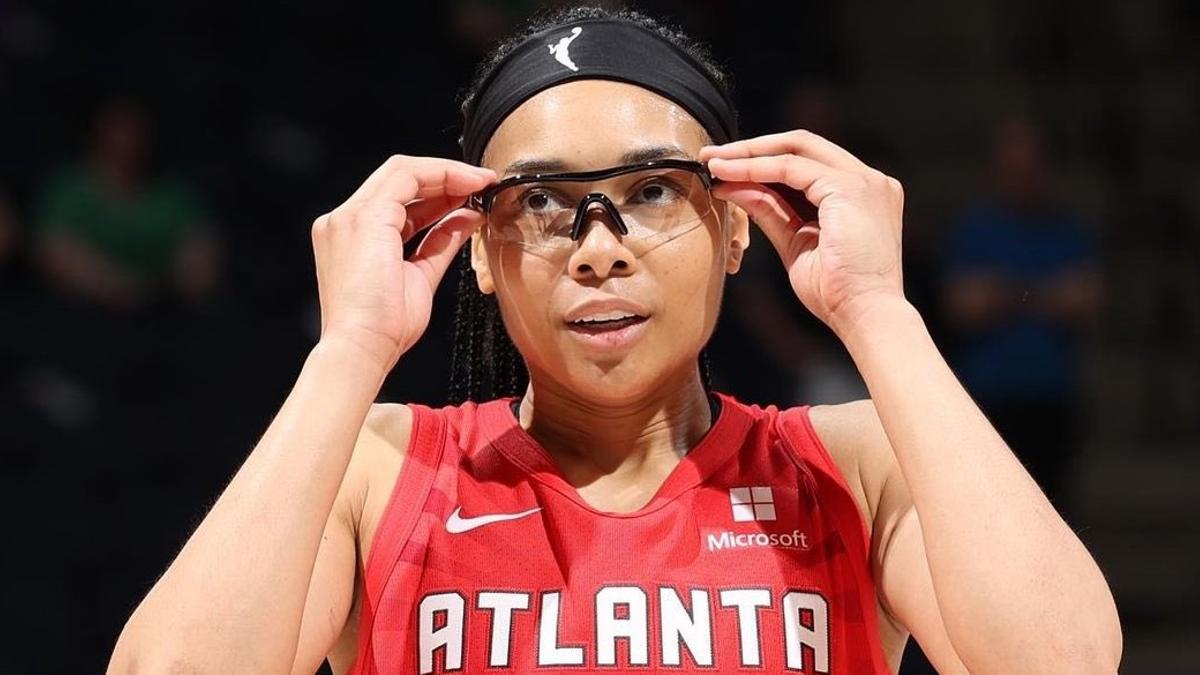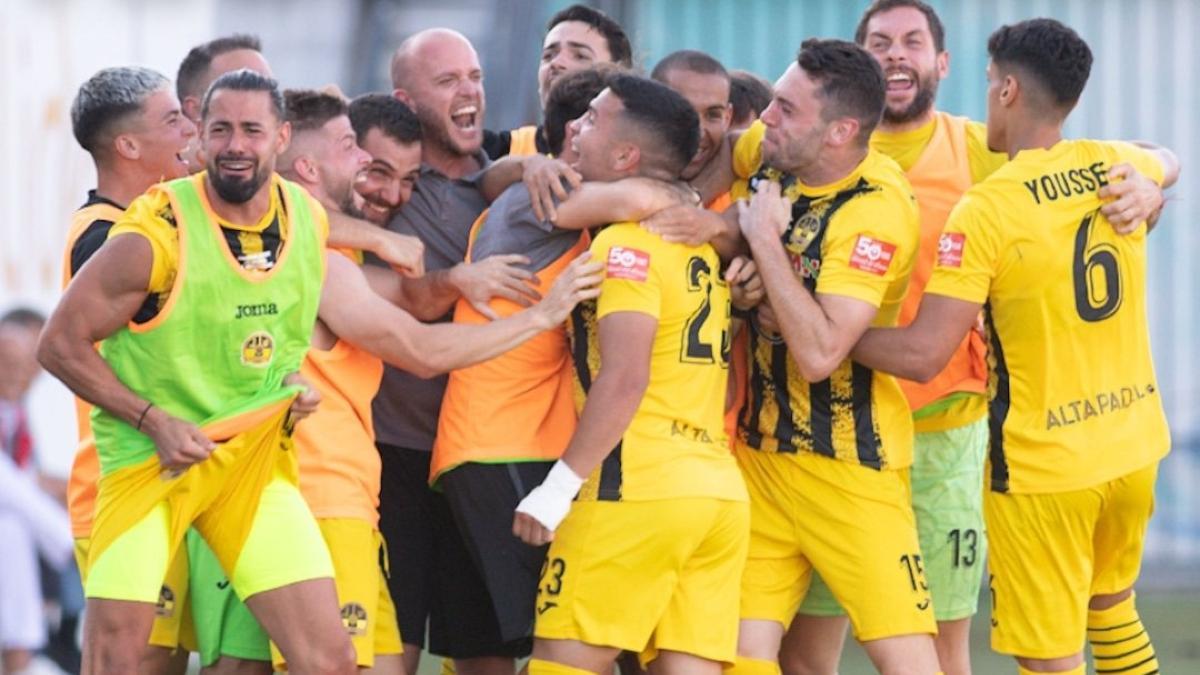
The rumour mill is still. The gossip columns are sparse. The Sky Sports News totaliser sits dormant. Fabrizio Romano seems to be tweeting more about deals that aren’t happening than ones that are. The Athletic has given David Ornstein the month off (just kidding: we would never let him have any time off).
This has been a quiet January transfer window.
There are nine days to go until the February 1 deadline and between the 20 clubs of the Premier League, there have been only six permanent purchases for actual money, for a total of around £44million ($56m).
Five of those won’t be doing much for their new employers in the short term, either.
Two are Brighton & Hove Albion’s latest additions to their cache of promising youngsters — 19-year-old Argentine defender Valentin Barco and 18-year-old Romanian winger Adrian Mazilu (whose move was agreed last summer and who has joined Vitesse on loan) for around £10.4million combined. Brentford recruited 18-year-old Turkish midfielder Yunus Emre Konak and Luton Town signed Tom Holmes but loaned him straight back to third-tier Reading, both for undisclosed fees. Aston Villa did an £8m deal for 18-year-old defender Kosta Nedeljkovic but immediately returned him on loan to Red Star Belgrade.
Then there’s Radu Dragusin, the defender signed by Tottenham Hotspur from Genoa for £25million, who is the only senior first-team player signed for a fee by a Premier League club this month.
Spurs, the great transfer negotiators, are thus responsible for more than half of the money spent in this window.
Dragusin’s move from Genoa is the only significant piece of January business (Giuseppe Bellini/Getty Images)
There have been some loans — most notably Timo Werner, also to Spurs from RB Leipzig, and, if it goes through, Manchester City’s Kalvin Phillips to West Ham United — for which money may have changed hands, but the most frequent type of transaction involving Premier League clubs this month has been them recalling youngsters from loans in the EFL.
Don’t expect a flurry of transfers in the coming days either.
The Athletic spoke to agents and other figures involved in the game, who confirmed it’s not just a case of big moves simply failing to get over the line despite the best efforts of clubs. Late deals could still emerge but there isn’t much in the pipeline, certainly in terms of incomings to the Premier League.
So why is this the case?
The first thing to say is that the January window is usually quiet. Last year, £815million was spent by Premier League clubs, but that was an outlier, with Chelsea’s extraordinary splurge accounting for nearly a third of that figure. In the previous nine winter windows, according to figures from Deloitte, the January spend in the Premier League averaged around £206m — so a little over £10m per club.
Compare that to the summer window: in 2023, the 20 Premier League clubs spent a collective £2.36billion. The summer before that, it was £1.92bn.
“January is always a difficult buyers’ market,” said one executive at a Premier League club, who, like others in this article, has been granted anonymity to protect relationships. “There’s only a small selection of teams to buy from, and you’ll probably have to overpay.”
And almost by definition, the players that you might have to overpay for in January may not exactly be the cream of the crop. “If a player is available in January, he’s available for a reason,” one agent told The Athletic. Often that reason is they haven’t been playing at their club. So if you need someone to slot into your first XI straight away, how ready are they going to be?
Tottenham newcomer Werner was a notable loan signing (Catherine Ivill/Getty Images)
But even in this context, this January has been particularly sleepy. And the biggest reason for that is how hard the Premier League’s profit and sustainability (PSR) rules are biting. Everton and Nottingham Forest have been charged with breaches and others are thought to be sailing quite close to the wind — one source indicated half of the division’s 20 clubs are glancing at their balance sheets nervously.
Forest seem the keenest of any side to do late deals, exploring moves for Borussia Dortmund and USMNT midfielder Gio Reyna and Ajax winger Carlos Forbs, but even then only on loan.
Manchester United have said they will have to be “really disciplined”, Newcastle United seem open to selling to balance their books, Wolverhampton Wanderers already got rid of most of their squad in the summer for that reason, and Fulham and Villa have to be careful.
These regulations have been in place since 2015 in the Premier League but there was perhaps previously a prevailing attitude that clubs could be fairly liberal in terms of abiding by them: if it meant equipping their squad to, say, qualify for Europe or avoid relegation, they would take a fine or even a transfer embargo for a window or two further down the line.
But it would appear the 10-point penalty given to Everton in November has provoked the desired effect in terms of a deterrent: one senior figure at a Premier League club said the decision had made some clubs “sit up and go, ‘Jesus Christ, this thing is real’”. It was a “line in the sand” moment, the realisation that punishments could have a serious impact, rather than just a mere inconvenience.
Another knock-on effect related to the PSR punishments is a relative lack of peril for some of the clubs in the bottom half of the league. A second charge has left Everton facing another points deduction, Forest could also be docked some and the present bottom three are among the weaker sets of promoted clubs we have seen in Premier League history. All of which means it’s pretty likely that three of those five will end up getting relegated.
In previous years, a team in Crystal Palace’s position — 15th with 21 points from 21 games, five clear of the relegation zone but with the division’s third-weakest attack in terms of goals scored — might have considered spending a significant sum on a forward to help them out, even if they had to overpay for him. Something like that might amount to a £30million bet on saving £100m by avoiding the drop. But considering the diminished risk of relegation, Palace may not think it’s worth the risk.
But the rules aren’t the only thing to have hindered the market.
On the most basic level, there just aren’t that many players available, at least not at the top end. “Everyone is always looking for a striker, but there just aren’t any around,” said one agent.
Victor Osimhen, currently at the Africa Cup of Nations, would be incredibly expensive to get out of Napoli. Lautaro Martinez would be similarly pricy and Inter Milan are unlikely to sell him at any price while they’re in the Serie A title race. The Kylian Mbappe Paris Saint-Germain exit saga will restart in the summer. Brentford are unlikely to sell Ivan Toney this month.
Victor Boniface might have been a candidate for a move but he picked up an injury before AFCON. Serhou Guirassy, who had a remarkably low release clause of around £15million, appears to have decided to stay with Stuttgart until at least the summer.
Osimhen in action for Nigeria at the Africa Cup of Nations (Issouf Sanogo/AFP via Getty Images)
Having two international tournaments going on at the same time as the winter window is another factor: only two Premier League clubs — Manchester City and Newcastle — don’t have any players at either AFCON or its Asian Cup equivalent, which won’t conclude until the second weekend of February.
This limits the pool of available players in a couple of ways: first, January tends to be about recruiting players for an instant impact, which is naturally diminished if the player you want might not be with you until halfway through next month. But also, if a club’s number of available players is already down due to tournament absentees, they’re less likely to sell any of the ones that are still in the building.
This is quite a depressing prism through which to view two incredibly important and entertaining tournaments but, in a football world where transfers are king, it is part of the thinking.
The Saudi Pro League broadly keeping its collective wallet in its collective pocket is also a consideration.
Premier League clubs were the biggest beneficiaries of Saudi largesse last summer, with around £250million brought in for Fabinho, Aymeric Laporte, Riyad Mahrez, Edouard Mendy, Kalidou Koulibaly and others. With less money received from what was — and could still be — a reliable source of correcting mistakes and balancing books for profligate Premier League sides, there is less of it available to spend.
Perhaps the biggest reason for the lack of big-money moves, though, is that spending a lot of money in this window tends not to work. Take Chelsea last January: they dropped around £270million on Mykhailo Mudryk, Enzo Fernandez, Benoit Badiashile and Noni Madueke (plus Malo Gusto and Andrey Santos, who didn’t actually move to the London club until the summer), a figure that doesn’t even include the £9.7m loan fee for Joao Felix. Chelsea were 10th at the end of that month. They finished 12th.
Additionally Southampton, Leeds United and Leicester City spent around £140million between them, hoping to turn their respective seasons around. Those three clubs were relegated, all recording a worse points-per-game record post-January than they did in the months before. Leicester and Leeds dropped from 14th and 15th when the window shut and through the trap door.
Fernandez was part of Chelsea’s £270m splurge a year ago (Jacques Feeney/Offside/Offside via Getty Images)
It stretches beyond recent history and extends further than the Premier League, too.
“We’ve done analysis that looks at net spend in January and how that correlates with changes in points-per-game after the window,” says Omar Chaudhuri, chief intelligence officer for the research company Twenty First Group. “If you look across the ‘big five’ European leagues over time, there is no correlation.”
Chaudhuri points to a report that his company authored in 2017, which essentially calculated that the average club gained virtually no benefit from spending money on players in January. “Even a net spend of €30million (£25.7m; €32.5m) more than the average club has generated just 0.1 points per game,” read that report.
“Another interesting one,” adds Chaudhuri, “is my colleague did some analysis that looked at strikers bought in January in the big five leagues since 2012, and found that 40 per cent of them didn’t even score a goal in the remainder of that season.”
There are examples of January spending working brilliantly. Virgil van Dijk and Bruno Fernandes were signed in this window and have gone on to be hugely valuable players for Liverpool and Manchester United, but they were long-term targets rather than impulse mid-season buys.
Other positive recent examples of winter recruitment include what Newcastle did in January 2022, their first window under the ownership of the Saudi Public Investment Fund, when the signings of Kieran Trippier, Dan Burn, Bruno Guimaraes and Chris Wood helped them move from the relegation zone to a comfortable 11th-place finish. It also worked for Palace this month in 2017, when Jeffrey Schlupp, Patrick van Aanholt and Luka Milivojevic (along with the appointment of Sam Allardyce as manager late the previous month) came in and were influential in them rising from the bottom three when the window closed to survival in 14th, seven points clear of the drop, four months later.
Virgil van Dijk was a long-term Liverpool target (Andrew Powell/Liverpool FC via Getty Images)
“There are opportunities to spend in January, but it’s not going to make or break your season,” says Chaudhuri. “Ultimately, it’s a function of how smart that recruitment is, but a lot of other things are going to influence the second half of your season. Your fixture list, the managers, whether you have any youngsters coming through… a lot of clubs might see January as a chance to fix their season, but it’s a bit of a loss, really, unless you’re excellent at recruitment.”
So the rest of the month may be quiet, boring even. But could that be a good thing?
From a financial perspective, it’s probably healthy that clubs are being weaned off the idea of spending money they might not have. On a more conceptual level though, might it be better for us all to move past the idea that the only solution to a problem in football is to buy someone?
“It’s all quiet, which is good,” said Chelsea head coach Mauricio Pochettino this week, which isn’t a surprise — the last thing he needs is more players to try to integrate. It was arguably the challenge of having to knit together so many signings that cost Pochettino’s Nottingham Forest counterpart Steve Cooper his job last month.
This might be temporary. It’s possible that by January 2025, all of the factors outlined here will have diminished in importance and the splurge will be on again. But, for now, it looks like this transfer window will gently click shut at 11pm UK time a week on Thursday, with not a lot having happened.
It’s probably for the best.
(Top photos: Getty Images; design: Eamonn Dalton)







